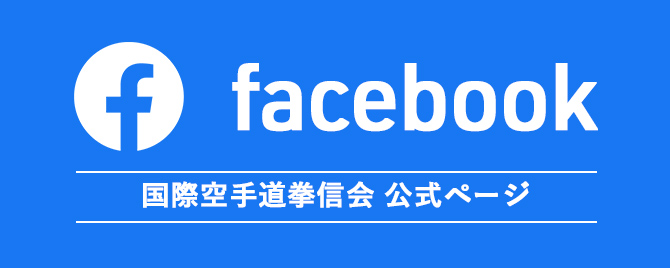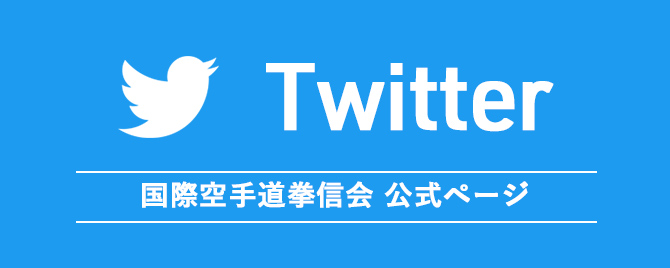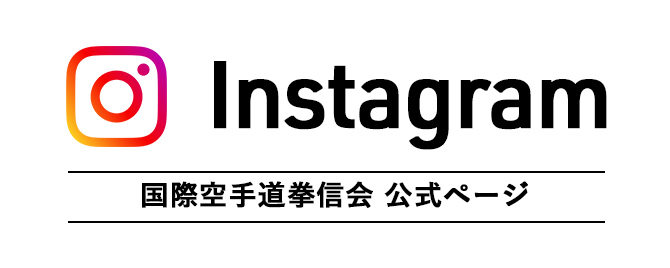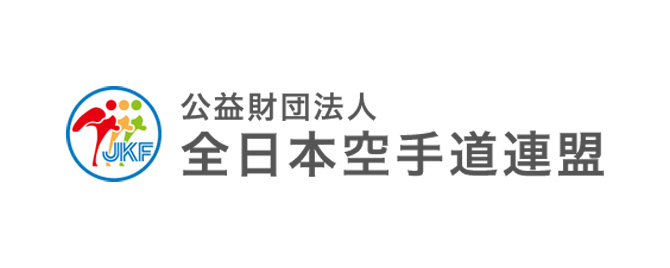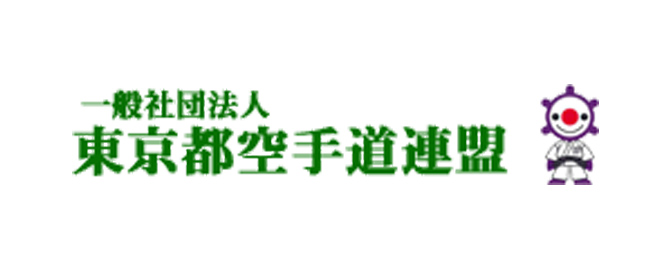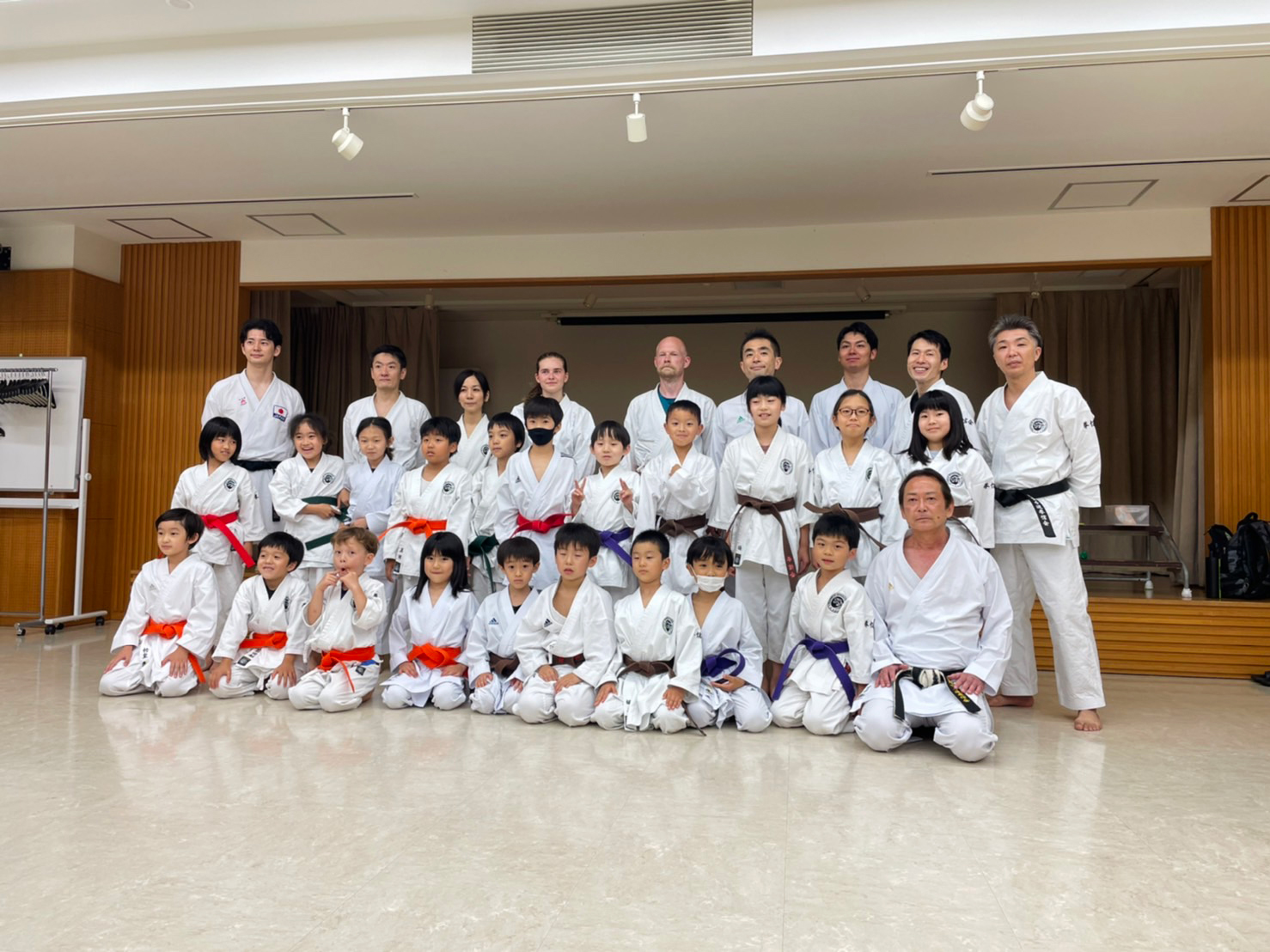
The International Karate-Do Kenshinkai is a Karate organization that operates mainly in the Tokyo Bay area and Chuo-Ku area as the Japanese headquarters of the Shotokan International Alliance, an international organization of Shotokan style Karate, with its international headquarters in Napier, New Zealand.
With the catchphrases “Karate in English” and “Brain Teaser Karate”, a wide range of members, from small children to adults, with more than300 students at the Japan Headquarters and more than 3,000 people from the entire international group gathered, and frequent participation from overseas.
Classes include Nihonbashi Headquarters Dojo, Kachidoki, Tsukishima, Nihonbashi Ningyocho, Tsukiji, Hisamatsucho, Hamacho, Mitaka (opened in January 2022), Nihonbashi Hisamatsucho (opened in July 2022), etc.
This association is a member of the All Japan Karatedo Federation and the Chuo-Ku Karatedo Federation, which is under the umbrella of the Tokyo Karatedo Federation.
Shotokan style Karate
The essence of Shotokan style Karate
What kind of image do you have when you think of Karate?
A dangerous martial art that kills the opponent with a single blow by thrusting and kicking? Karate = fighting / violent? Break tiles and boards?
Isn’t it such an image?
Currently, Karate is a mixture of many schools, and with a population of more than 40 million active competitive level of students around the world, unfortunately, it is also one of the uncoordinated martial arts. It was adopted for the 2020 Tokyo Olympics (actually Aug 2021), but for some reason Karate is not understood in many parts of the world, so first of all, in order to understand Karate, based on its history, Shotokan style Karate I will explain.
Until then, in addition to swordsmanship, there was a technique called “Atemi” that originated from ancient traditional Jujutsu and Ninjutsu in mainland Japan.
Often, in historical drama such as TV and movies, that technique appears in the scene where you fight against a villain with your bare hands.
However, the origins of these “Atemi” and Karate are completely different.
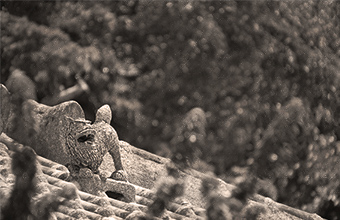
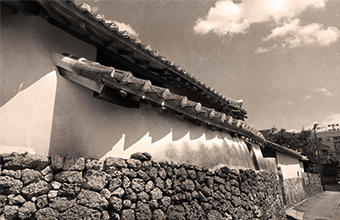
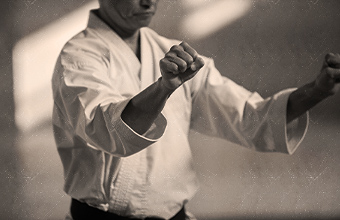
At that time, Ryukyu was a single nation, and had exchanges with China and Japan, and had both cultures.
The origin of Karate is said to be the northern and southern Kenpo of China, and those traditional martial arts were flowing to Ryukyu. On the other hand, at that time, the Shimazu clan was promoting the control of the Ryukyu dynasty in the Satsuma domain, and they took a ban on military affairs and took away all weapons from the Ryukyu Samurais. To counter this, Karate had rapidly developed as a technique for fighting with bare hands.
At that time, it was called Tode, not Karate. Karate, which had developed in Ryukyu, is roughly divided into three streams. “Shuri-te,” “Naha-te,” and “Tomari-te,” which follow the tradition of Chinese northern Kenpo, is the Shotokan style of the founder of Gichin Funakoshi, and his disciple. There is a Wado style that was founded by Hironori Otsuka.
In “Naha-te”, which follows the flow of the Chinese Southern Kenpo, there is Goju-ryu, which was founded by Chojun Miyagi. Developed as “Motobu-ryu”, Kenwa Mabuni, who learned all three of these trends, will succeed as the founder of the Shito-ryu.
These Shotokan style, Goju style, Wado style, and Shito style are called the four major Ryuha(Style) in Japan. Many of the “form” names used in each karate are derived from Chinese. There are many other schools that represent Okinawa, such as the Kobayashi-Ryu, the Shorin-Ryu, the Uechi-Ryu, and the Ryuei -Ryu.

The biggest contributor to this was Gichin Funakoshi, the founder of Shotokan Karate.
Unlike traditional Karate, Shotokan style Karate has been trying to contribute to the development of sports centered on universities by incorporating physical education elements.
In Okinawa, there are many schools that follow the traditional Karate technique and practice method, and follow a completely different route from the so-called sports Karate. The practice methods and techniques are out of the ordinary, and the limbs are thoroughly trained to create a body that looks like steel. The most famous practice of such Karate is Makiwara, which trains a fist, but among the ancient trainings of Okinawa, there is also Tsuwamono, who is training to hit the ball flying at the batting center with a fist. Uechi-ryu is one of them.
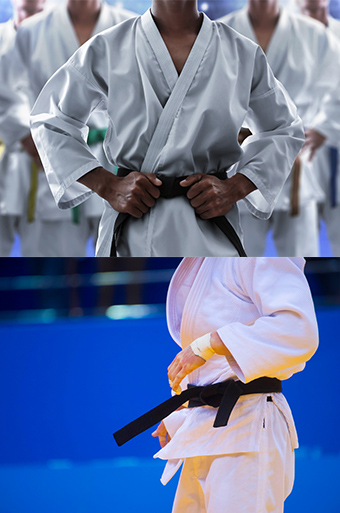
Shotokan style Karate was the cornerstone of the development of Karate into sports Karate, just as it evolved from Jujutsu to Judo.
After that, an organization called the Japan Karate Association was formed, and in the 1950s, it was one of the schools that sent leaders to various area of the world and spread Karate all over the world.
Shotokan style Karate has all of the three major elements of Karate, “speed”, “power”, and “technique”, and is highly regarded in the world as the most sophisticated Karate.
It is also true that many people think of Karate as “Kyokushin Karate” for some reason. Kyokushin Karate is a style that was conceived by a person named Mas Oyama who learned both Goju-Ryu Karate and Shotokan-Ryu Karate. It is a school that is globally recognized as a leader who has greatly contributed to the spread of Karate.
However, there are major differences, such as Rugby and American Football cannot be played according to the same rules, Tennis and Table Tennis cannot be played on the same court, and Soccer and Basketball cannot be played in the same way. The current situation is that it cannot be considered as karate.
So what is the actual Shotokan style Karate?
There is no doubt that it is the most powerful style in what is called traditional Karate. Shotokan Ryu Karate is an organization represented by the Japan Karate Association, All Japan Karatedo Shotokan, Japan Karate Shoto Federation, and International Shotokan.
What is the International Karatedo Kenshinkai?
“Karate in English” under the guidance of an internationally qualified leader who has more than 55 years of experience in karate, has been involved in teaching in the United States for more than 15 years, and has won numerous titles including national titles. This is a Karate class that started with the catchphrases ” Karate in English”, “Brain Teaser Karate” and “Healthy Karate”.
We pride ourselves on being one of the best in terms of improving in the short term through lean practice methods based on physical and scientific grounds in the United States. There is also an opportunity for instructors and students from each branch to come to Japan from overseas and participate in lessons together.
Our main purpose is not to master karate skills, but to build a correct mind and strong body, discipline, and we provide lessons as a place for international people to form, so please check it with your own eyes.
| Group name | International Karatedo Kenshinkai |
| address | 4-11 Nihonbashitomizawa-cho, Chuo-ku, Tokyo |
| contact address | Please contact us from the inquiry form as much as possible |
| Main activity place | Centered on the bay area such as Chuo-Ku, Tokyo |
| Membership | Over 300 people in total |
| Tournament results | Chuo-ku Karatedo Tournament, many winners and runners-up Winner of the Tokyo Karatedo Tournament JDKF national tournament championship, many runners-up Many Kanagawa tournaments, runners-up In addition, top prizes in various competitions |
| Activity content | Classes are held in Chuo Ward almost every day except Mondays. It is a free participation system that you can participate as many times as you like in a month. There are also many parent-child participation. |


